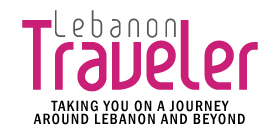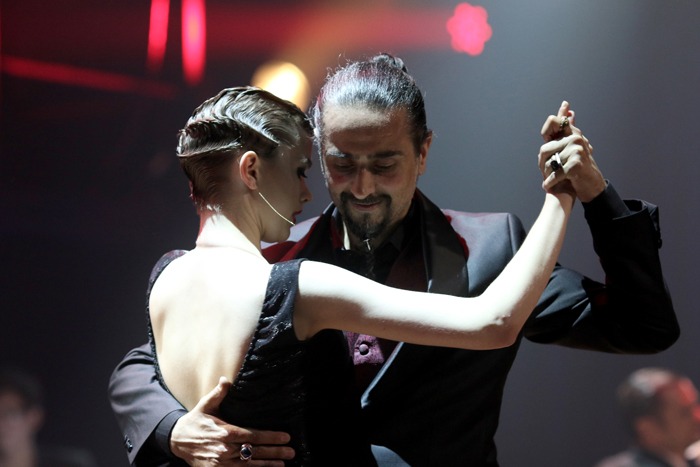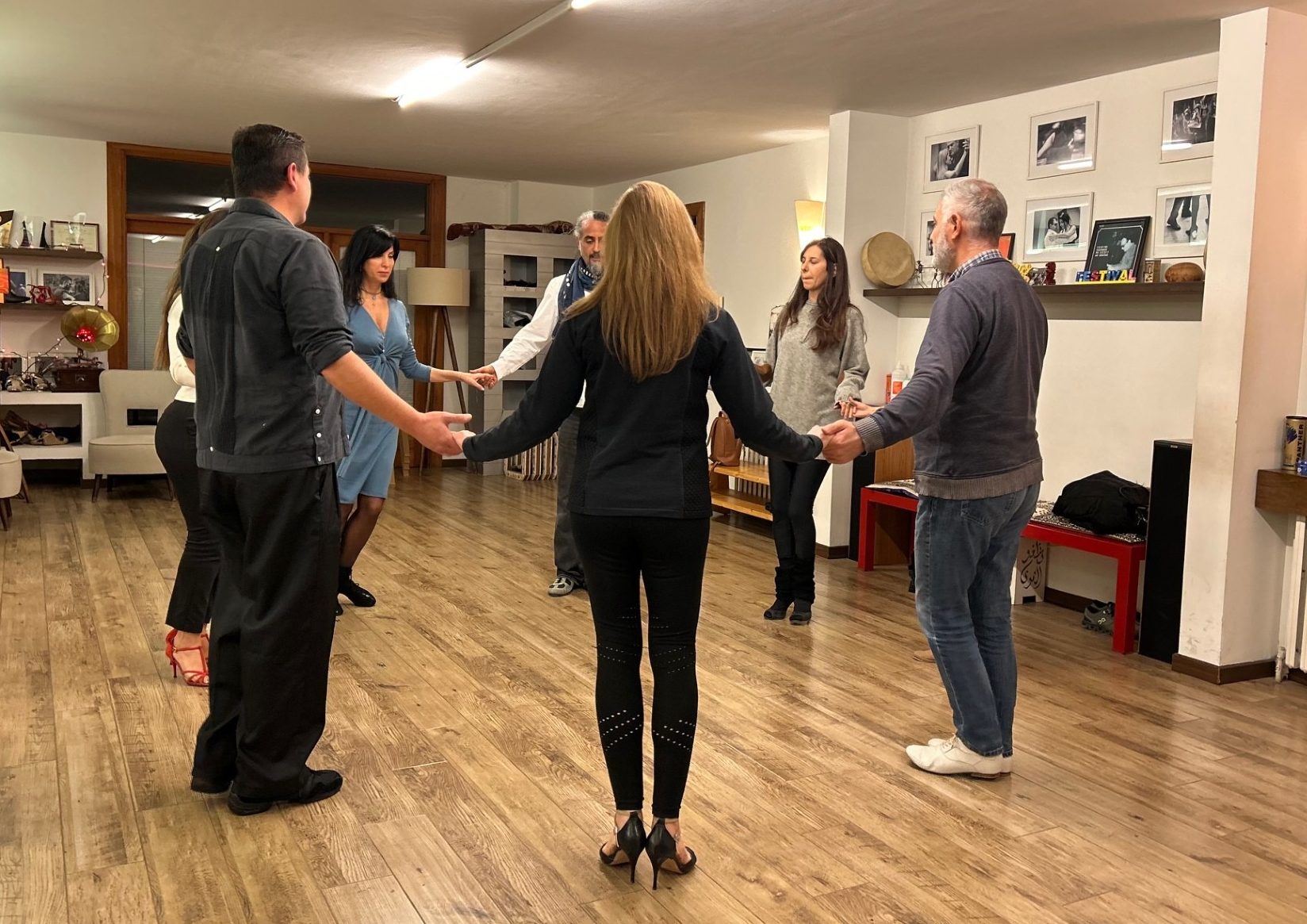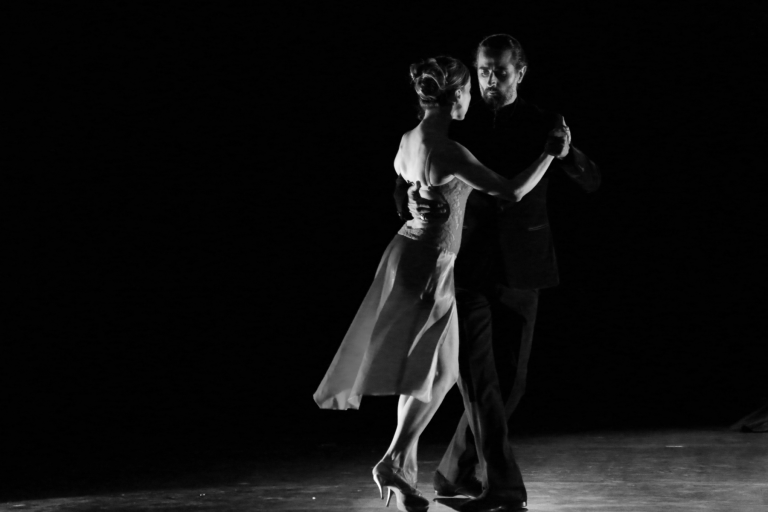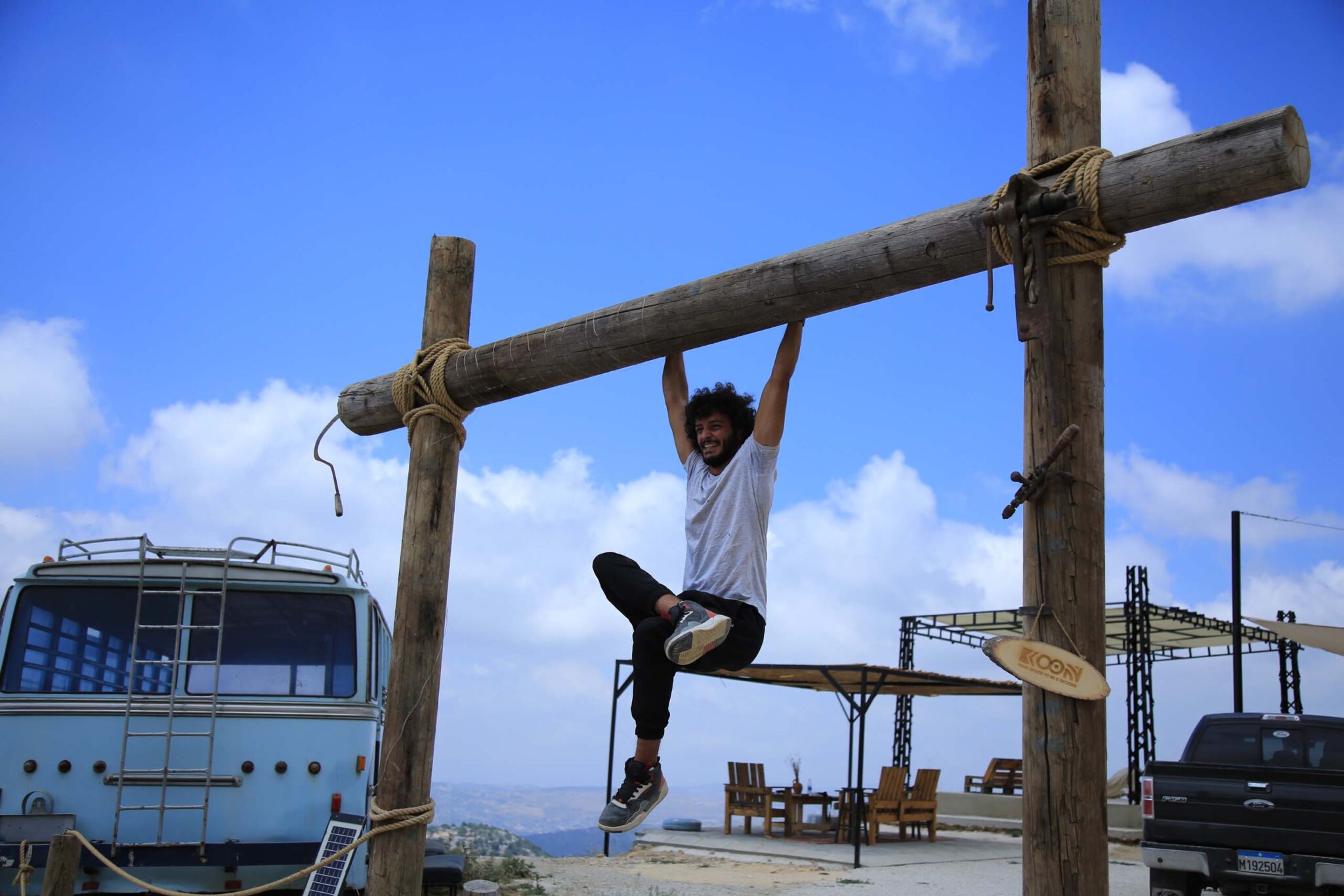Proving that it takes two to tango, we got up close and personal with international tango star and “Dancing With The Stars” judge Mazen Kiwan to learn more about dance in Lebanon and his favorite things about the country.
What inspired you to pursue dance as a profession?
My inspiration to dance professionally comes from a mix of influences, including my passion for art and self-expression. From the start, dance was never just about movement for me; it was a way to express myself. I was involved in various art forms, including acting, theater, music, and of course, dance. But in the beginning, my connection to dance wasn’t as deep—it was more of a general involvement in the arts.
Everything changed when I had the opportunity to join the Caracalla Dance Theatre group in the late 80s and early 90s, while I was in France. That experience opened my eyes to dance as a theatrical and expressive art form. Performing with Caracalla on stage gave me the chance to explore dance in a more serious and creative way. During this time, I also developed an interest in music, and that’s when I discovered the work of Astor Piazzolla, the famous tango composer. I was immediately drawn to his music, and it sparked my curiosity about tango.
Through Piazzolla and other composers, I started to explore tango more deeply, though it wasn’t something I initially pursued in Lebanon. It wasn’t until 1995, when I moved to Paris to study and work on my diploma as a dance teacher in modern jazz, that I began practicing tango more seriously. Initially, it was just a hobby—I would go out to socialize and dance. But over time, tango began to consume me, drawing me in until it became a central part of my artistic journey.
Your eponymous dance academy in Beirut is renowned. How would you describe your teaching style?
My approach to teaching a diverse range of students is very close to my heart, especially when it comes to tango. Tango, for me, is about sharing the knowledge of the dance, its history, its music, and ultimately helping people become stronger dancers. I’ve been teaching for nearly 30 years, starting with my first diploma in dance teaching in 1998, focusing on modern jazz, followed by contemporary dance until 2000.
For me, teaching is not just about movement; it’s about mindset and understanding the deeper rules of the dance. The human body is incredibly intelligent — sometimes even more so than the mind. For example, if you ask someone to go and retrieve something from a certain place, they’ll do it naturally. But if you tell them to take 10 specific steps, they’ll become focused on counting the steps, losing the natural flow. That’s why it’s important to guide students in a way that helps them understand the mission or target, without making them overly focused on the mechanics of each movement.
When teaching tango at the Mazen Kiwan Dance Academy, I emphasize that every movement must have a purpose. I don’t believe in aimless movement. It’s crucial for students to understand the objective of each step, so they can feel confident and connected in their dancing.
I also work with a wide variety of students, from teenagers to individuals in their 70s, which makes the process even more rewarding. The key is adapting to each person’s needs while maintaining a strong foundation of respect for the art and for their unique learning process.
How does your Lebanese heritage influence your choreography?
My Lebanese heritage plays a significant role in shaping my choreography. A key moment in my career that reflects this influence took place around 2007 or 2008, in Barcelona, when I did a show that blended tango with rhythms inspired by Arabic music. The music itself was created by an Argentine composer who had traveled to many Arab countries, drawing inspiration from the rhythms he encountered. I used this music, which I refer to as aljordi, with a slight touch of tango rhythm, and introduced movements that integrated both cultures.
That was almost 20 years ago, and I’m incredibly proud to see how this fusion of styles has spread. Within a year or two, I began to see others using similar movements, particularly the hip movements with oriental sensuality, which I had incorporated into my tango. It was fulfilling to see my work influence others in this way, and it made me proud to be part of this cross-cultural exchange.
As for the music, my Lebanese heritage has also guided my choices. I had the opportunity to dance at the launch of an album called Arab Tango at Teatro Medina. The album combined tango rhythms with Arabic musical elements, merging these two worlds into something new. I also used some Arabic songs with tango rhythms in my own choreography, which allowed me to break boundaries and express my cultural heritage in a unique way through dance.
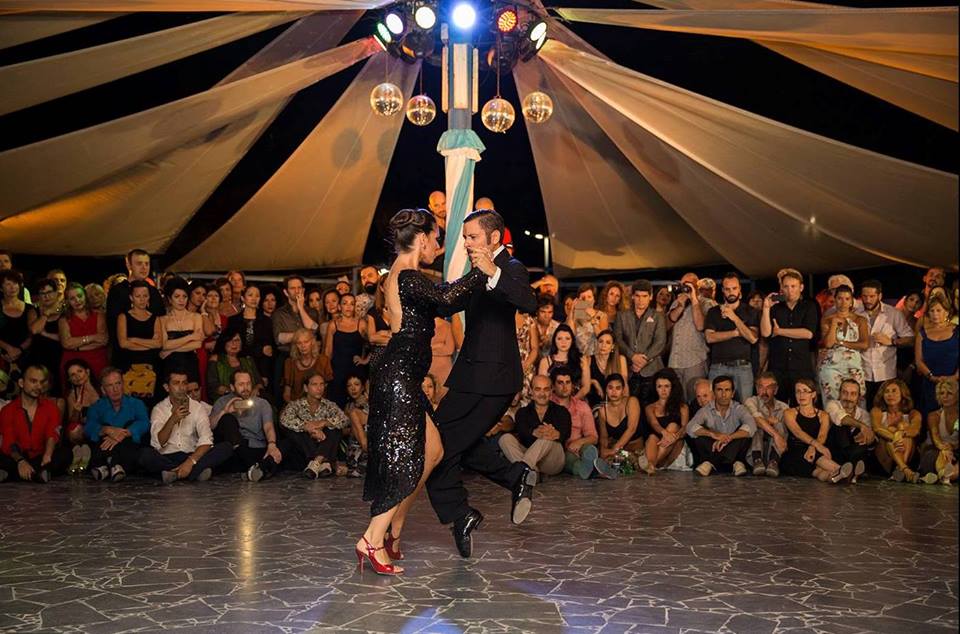
Photo credit: Lara Koussaife
What’s planned for the upcoming Byblos Tango Festival?
ChatGPT said:
How would you describe Lebanon?
It’s like your best friend and worst enemy! It’s nothing short of addictive.
Where do you go when you are not dancing or teaching?
Out of town, I like to relax in my village of Bater in Shouf. I consider it to be the most beautiful in the region, with rolling hills and deep valleys, offering views down to the sea.
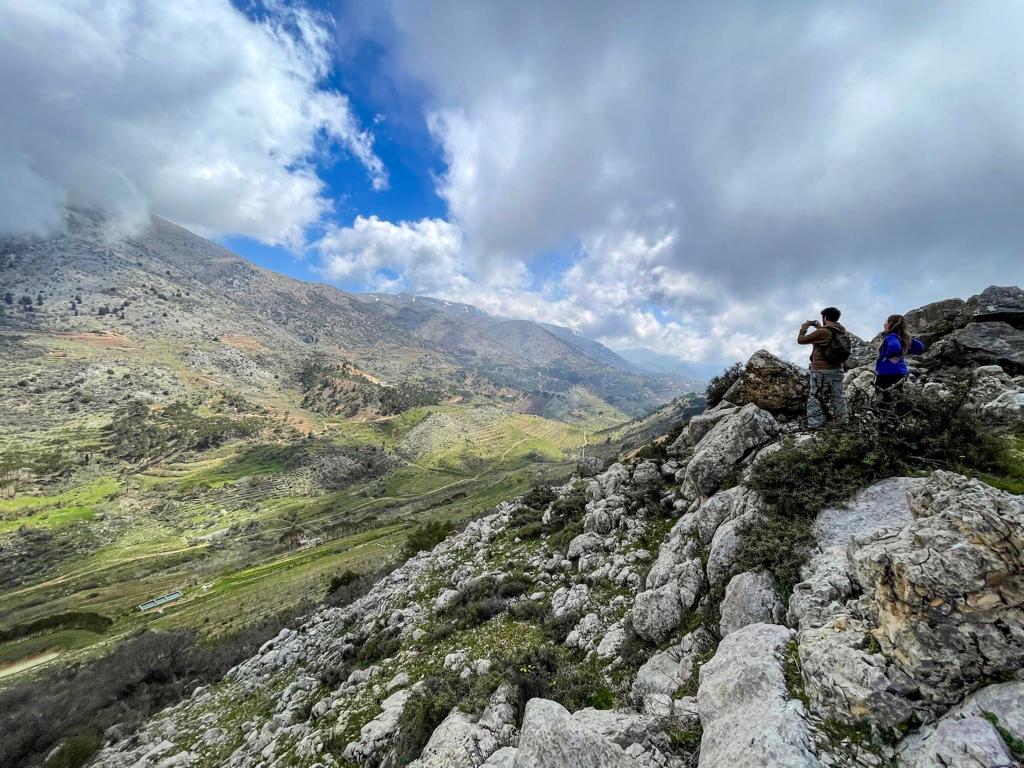
What is your top tip for first-time visitors to Lebanon?
I would encourage everyone to visit the older neighborhoods of Beirut, such as Hamra, and to visit the mountains in any part of the country. Lebanon is so peaceful, and tourists should experience that.
——————————————————————————————————————————————————————————-
If you enjoyed reading about Mazen Kiwan, check out the interview with Lebanese-Armenian musician Guy Manoukian.
Loading